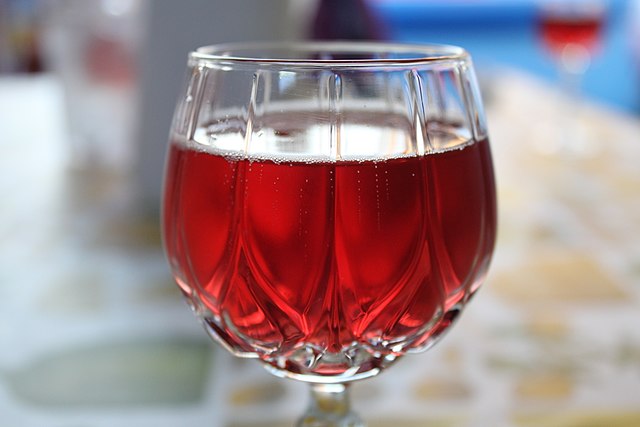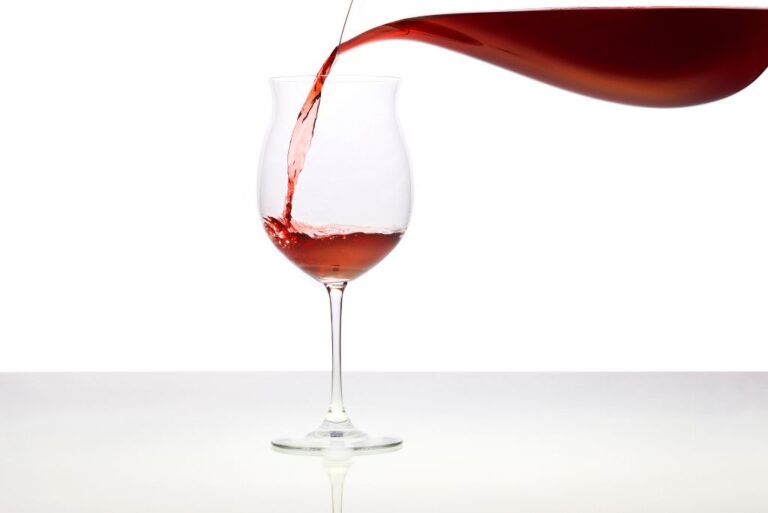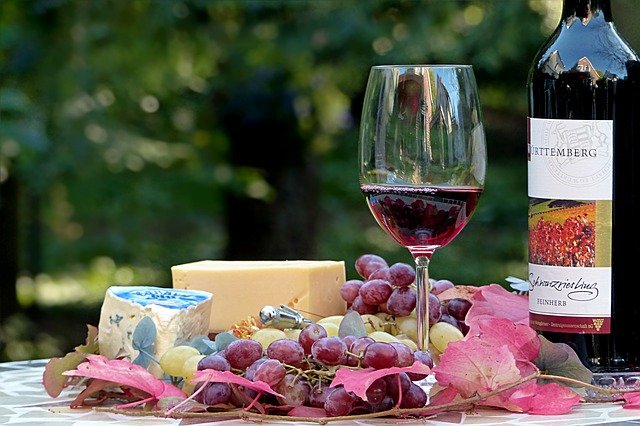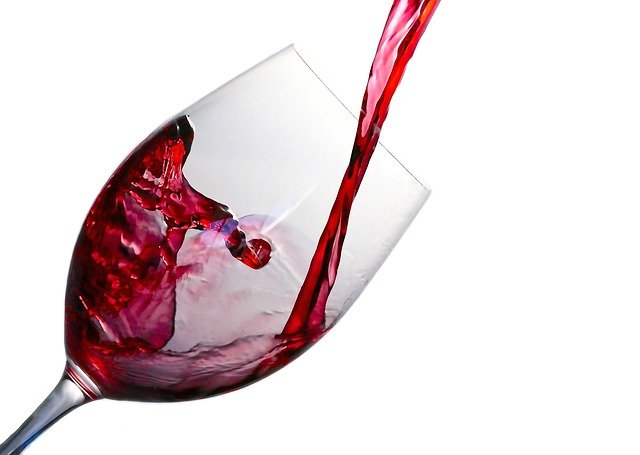Lambrusco wine is a sparkling red wine that has been enjoyed in Italy for centuries. It is made from a variety of grapes known as Lambrusco, which are grown in the Emilia-Romagna region of northern Italy. There are over 60 different varieties of Lambrusco grapes, each with its own unique characteristics, but the most common varieties used in production are lambrusco maestri, lambrusco marani, lambrusco montericco, lambrusco salamino, and lambrusco sorbara.
Lambrusco wine is known for its refreshing, fruity taste and slight fizziness, making it a popular choice for those who enjoy a light and easy-to-drink wine. It can range from dry to sweet in taste and can vary in color from light red to deep inky purple. Lambrusco is typically consumed young and is best served chilled, making it an excellent choice for a summer picnic or barbecue.
In this article, we will explore everything there is to know about Lambrusco wine, from its history and production process to its taste and serving suggestions. We will also provide recommendations for some of the best Lambrusco wines to try, so whether you are a seasoned wine connoisseur or a newcomer to the world of wine, we hope to provide you with all the information you need to appreciate this delicious and unique Italian wine.
History of Lambrusco Wine
Lambrusco wine has a rich history dating back to the Bronze Age. This sparkling red wine originated in the Emilia-Romagna region of Italy and is made from the Lambrusco grape. In this section, we will explore the origins of Lambrusco wine and its popularity in Italy.
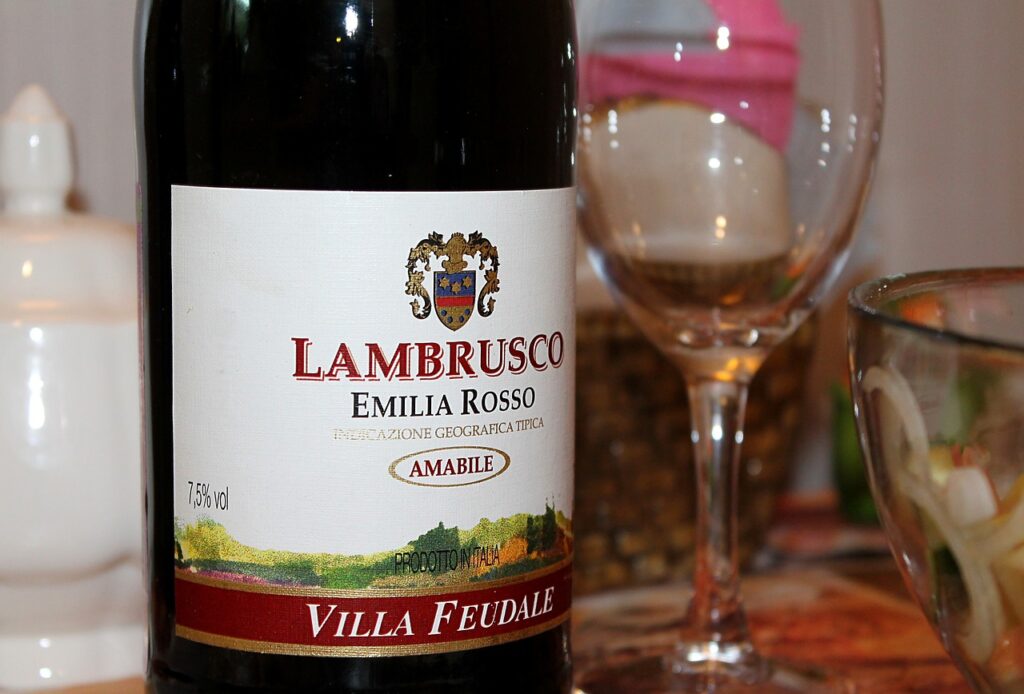
#Origins of Lambrusco Wine
Viticulturists discovered archaeological evidence that the Etruscans first cultivated the Lambrusco grape. The grape grew in popularity and became a staple in the Emilia-Romagna region of Italy. The grape’s versatility and ability to grow in different soils and climates made it a popular choice among winemakers.
The Lambrusco grape is a dark-skinned grape that produces a wine with a range of colors from light red to deep inky purple. The wine is typically made in a frizzante (lightly sparkling) style and is relatively low in alcohol. The Lambrusco grape is the most widespread grape in northern Italy, extending from the lands of Parma to Modena to Emilia-Romagna.
#The popularity of Lambrusco Wine in Italy
Lambrusco wine gained popularity in Italy during the 1970s and 1980s. The wine was inexpensive and easy to drink, making it a popular choice among young people. It was also a popular wine to pair with traditional Italian cuisine, such as pizza and pasta.
However, the popularity of Lambrusco wine declined in the 1990s due to the production of low-quality, mass-produced wines. Today, winemakers are working to restore the reputation of Lambrusco wine by producing high-quality wines that showcase the grape’s versatility and unique flavors.
In conclusion, Lambrusco wine has a rich history dating back to the Bronze Age. The wine originated in the Emilia-Romagna region of Italy and is made from the Lambrusco grape. The grape’s versatility and ability to grow in different soils and climates made it a popular choice among winemakers.
Lambrusco wine gained popularity in Italy during the 1970s and 1980s but declined in the 1990s due to low-quality production. Today, winemakers are working to restore the reputation of Lambrusco wine by producing high-quality wines that showcase the grape’s unique flavors.
Types of Lambrusco Wine
Lambrusco is a type of sparkling red wine that comes from the Emilia-Romagna region of Italy. There are several different types of Lambrusco, each with its own unique flavor profile and characteristics. In this section, we will discuss the two main types of Lambrusco: red and white.
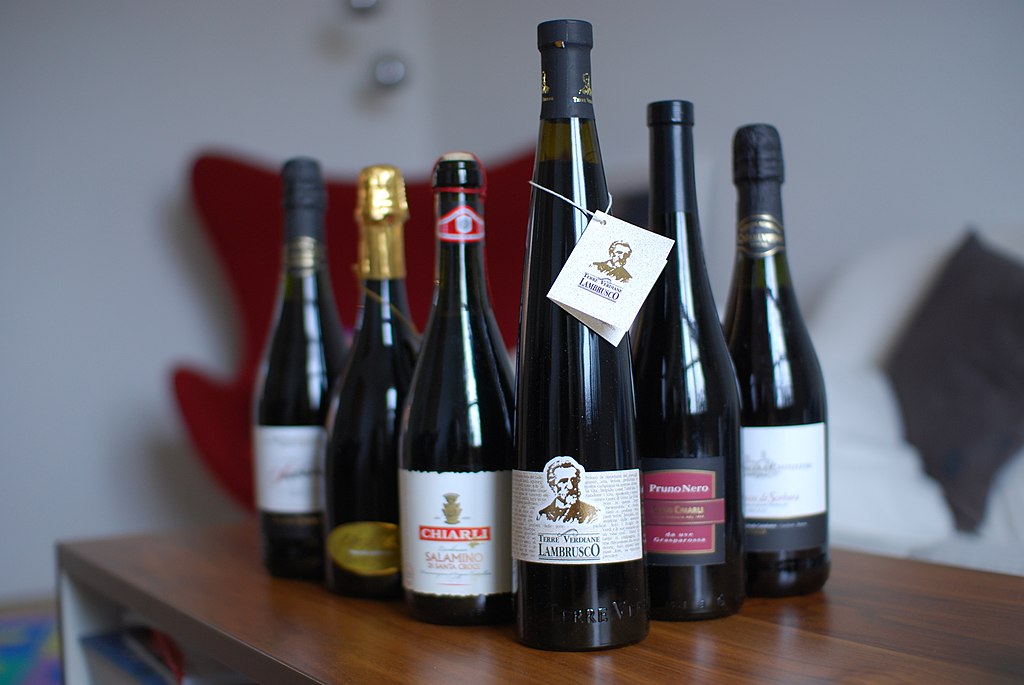
a. Red Lambrusco Wine
Red Lambrusco wine is the most common type of Lambrusco. It is made from the Lambrusco grape, which is a vibrant colored grape that gives fruity sparkling red wines. Red Lambrusco wine can be produced in different styles, including dry (secco), semi-sweet (semisecco), and sweet (dulce).
The best red Lambrusco wines tend to be secco or semisecco, with bright acidity, floral notes, and fruit-driven flavors. These wines typically have aromas of cherries, strawberries, blackberry jam, citrus zest, and cream. They also have tannins, which give them a slightly bitter taste.
Cheaper, lower-quality red Lambruscos are frequently overly sweet and lack the complexity and depth of flavor found in higher-quality wines.
b. White Lambrusco Wine
White Lambrusco wine is a less common type of Lambrusco. It is made from the white Lambrusco grape, which is a mutation of the red Lambrusco grape. White Lambrusco wine is produced in a similar way to red Lambrusco wine, but it has a lighter color and a more delicate flavor profile.
White Lambrusco wine is typically dry or off-dry, with bright acidity, floral notes, and green apple, pear, and lemon flavors. It is a refreshing and easy-to-drink wine that pairs well with a wide range of foods.
Overall, Lambrusco is a versatile and delicious wine that comes in a range of styles and flavors. Whether you prefer red or white, dry or sweet, a Lambrusco wine is out there for you.
Production of Lambrusco Wine
When it comes to producing Lambrusco wine, several critical steps are involved. In this section, we’ll take a closer look at the grapes used in Lambrusco wine production, the fermentation process, and the aging and bottling of this famous wine.
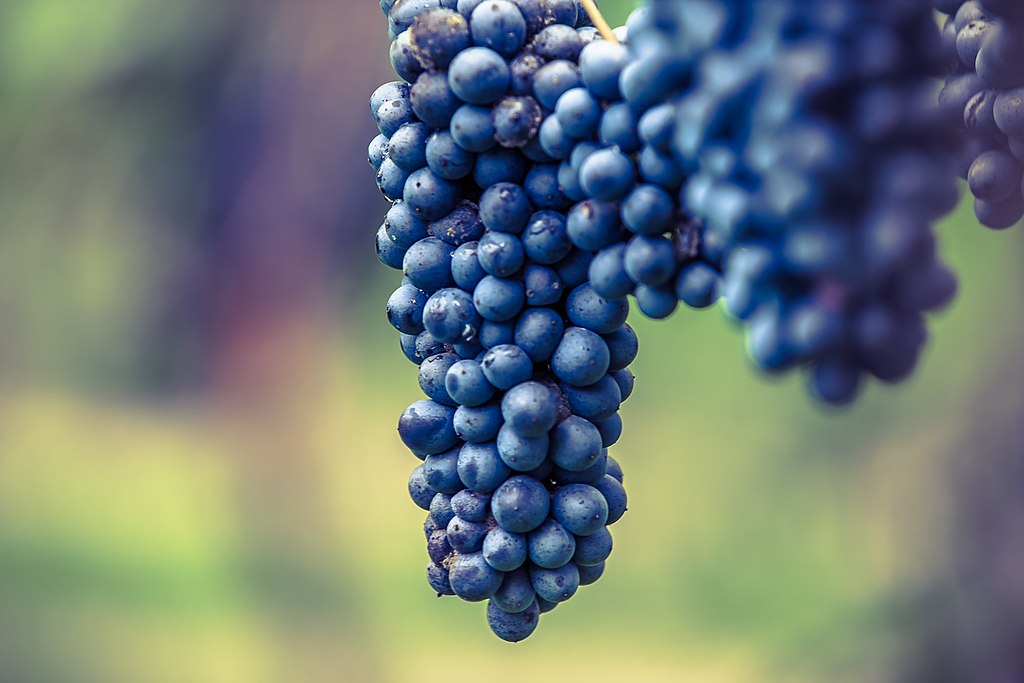
#Grapes Used in Lambrusco Wine Production
Lambrusco wine is made using a variety of grapes, all of which are native to Italy. Some of the most commonly used grape varieties include Lambrusco di Sorbara, Lambrusco Salamino, Lambrusco Grasparossa, and Lambrusco Maestri. These grapes are known for their high acidity and tannin levels, which give Lambrusco wine its distinctive flavor.
#Fermentation Process for Lambrusco Wine
The fermentation process for Lambrusco wine is unique in that it involves a secondary fermentation process. After the grapes are harvested, they are crushed, and the juice is placed in large stainless steel tanks. Yeast is added to the juice, which ferments and converts the sugar into alcohol. Once the primary fermentation is complete, the wine is transferred to pressurized tanks for secondary fermentation. This process helps create the wine’s signature bubbles and gives it a slightly effervescent.
#Aging and Bottling of Lambrusco Wine
After the secondary fermentation is complete, the wine is aged for a period of time before it is bottled. The length of time that the wine is aged can vary depending on the producer and the specific type of Lambrusco wine being made. Some Lambrusco wines are aged for just a few months, while others are aged for several years. Once the wine has been aged to the desired level, it is bottled and sealed with a cork or screw cap.
Overall, the production process for Lambrusco wine is complex and involves several key steps. From the selection of the grapes to the fermentation process and aging, each step plays an important role in creating a high-quality bottle of Lambrusco wine.
Tasting Notes for Lambrusco Wine
There are a few key aspects to consider when it comes to tasting notes for Lambrusco wine. In this section, we’ll explore the appearance and color of Lambrusco wine, as well as its aroma and flavor.
1. Appearance and Color of Lambrusco Wine
Lambrusco wine can range in color from light red to deep inky purple. It is typically made in a frizzante (lightly sparkling) style, which adds to its unique appearance. When poured into a glass, Lambrusco wine will often have a frothy, bubbly head that quickly dissipates.
2. Aroma and Flavor of Lambrusco Wine
Lambrusco wine has a sweet and floral aroma with delicate notes of honeysuckle, mandarin orange, and orange blossom. The wine’s flavor profile can vary depending on the variety, but it often features notes of cherries, strawberries, blackberry jam, violets, citrus zest, and potting soil.
Regardless of the sweetness level, Lambrusco tends to have a bright acidity that makes it a great pairing for a variety of foods. It is a remarkably food-friendly wine that can stand up to richer sauces and meats, as well as frame lighter dishes with elegance.
When tasting Lambrusco wine, it’s important to note its effervescence and how it interacts with the flavors on your palate. Some Lambrusco wines may have a slightly bitter finish, while others will be more fruit-forward.
Overall, Lambrusco wine is a unique and versatile option that can be enjoyed on its own or paired with a variety of foods. Its frizzante style, and array of flavor profiles make it an exciting addition to any wine collection.
Serving and Pairing Lambrusco Wine
When it comes to serving and pairing Lambrusco wine, there are a few things to keep in mind to make the most of this delicious Italian red wine. Here are some tips to help you serve and pair Lambrusco like a pro.
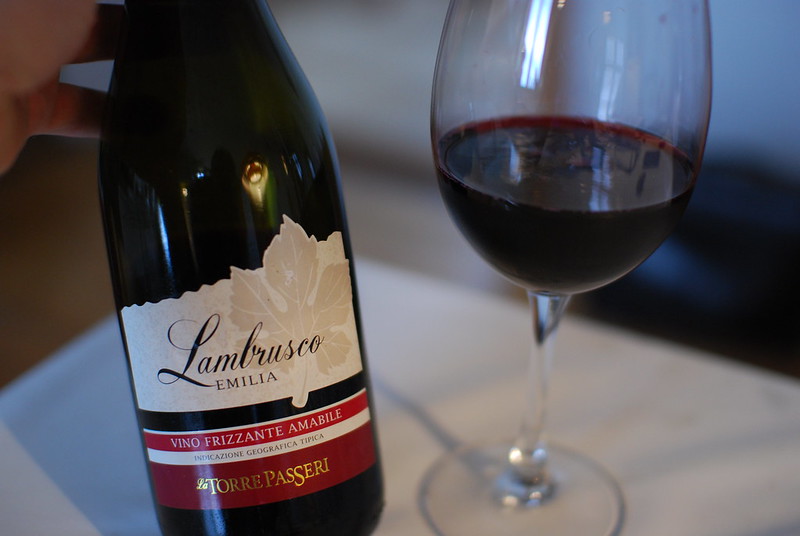
1. Serving Temperature for Lambrusco Wine
The ideal serving temperature for Lambrusco wine is around 12 degrees Celsius or 50-55 degrees Fahrenheit. You can pop your Lambrusco in the fridge for about an hour before serving to bring it down to the right temperature. It’s important not to serve Lambrusco too cold, as this can dull the flavors and aromas of the wine.
When it comes to glassware, use a white wine glass to serve Lambrusco. This will allow the aromas and flavors of the wine to develop and be fully appreciated.
2. Food Pairings for Lambrusco Wine
Lambrusco is a remarkably food-friendly wine that can stand up to more decadent sauces and meats and also frame lighter dishes with elegance. Lambrusco’s fizziness, acidity, and berry flavor make it an excellent match for a wide range of foods.
One of the most classic pairings for Lambrusco is with Italian cured meats, such as prosciutto and salami. The saltiness and richness of the meats are balanced out by the refreshing and fruity characteristics of the wine.
Lambrusco also pairs beautifully with rich, creamy cheeses like Parmigiano-Reggiano and Pecorino Romano. The acidity of the wine cuts through the richness of the cheese, creating a harmonious balance.
Other great food pairings for Lambrusco include:
- Tomato-based pasta dishes
- Grilled meats and vegetables
- Pizza
- Spicy dishes, such as chili or curry
- Seafood, such as shrimp or scallops
The possibilities are endless when it comes to serving and pairing Lambrusco wine. With its refreshing fizziness, bright acidity, and berry flavors, Lambrusco is a versatile wine that can be enjoyed with a wide range of foods.
Similar Posts:

